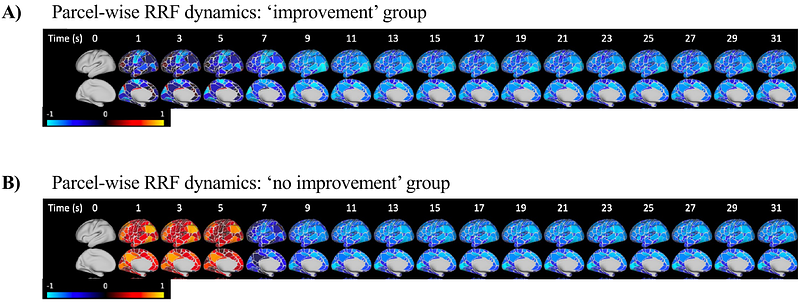Investigating the variability of physiological response functions across individuals and brain regions in functional magnetic resonance imaging

Investigating the variability of physiological response functions across individuals and brain regions in functional magnetic resonance imaging
Carlton, L. B.; Mitsis, G. D.; Kassinopoulos, M.
AbstractFunctional magnetic resonance imaging (fMRI) is a valuable neuroimaging tool for studying brain function and functional connectivity between brain regions. However, the blood oxygen level dependent (BOLD) signal used to generate the fMRI images can be influenced by various physiological factors, such as cardiac and respiratory activity. These physiological effects, in turn, influence the resulting functional connectivity patterns, making physiological noise correction a crucial step in the preprocessing of fMRI data. When concurrent physiological recordings are available, researchers often generate nuisance regressors to account for the effect of heart rate and respiratory variations by convolving physiological response functions (PRF) with the corresponding physiological signals. However, it has been suggested that the PRF characteristics may vary across subjects and different regions of the brain, as well as across scans of the same subject. To investigate the dependence of PRFs on these factors, we examine the performance of several different PRF models, in terms of BOLD variance explained, using resting-state fMRI data from the Human Connectome Project (N=100). We examined both one-input (heart rate or respiration) and two-input (heart rate and respiration) PRF models and show that allowing PRF curves to vary across subjects and brain regions generally improves PRF model performance. For one-input models, the improvement in model performance gained by allowing spatial variability was most prominent for respiration, particularly for a subset of the subjects (about a third) examined. Allowing for subject-specific or regional variability in the cardiac response function resulted in a significant model performance improvement only when using a two-input PRF model. Overall, our results highlight the importance of considering spatial and subject-specific variability in PRFs when analyzing fMRI data, particularly regarding respiratory-related fluctuations.


